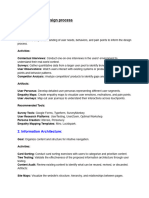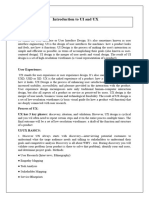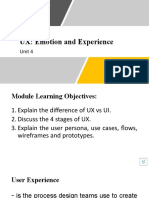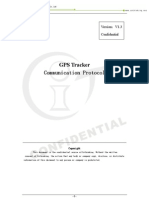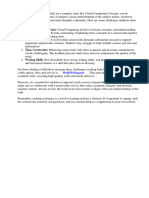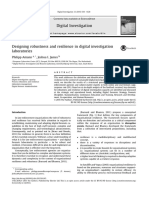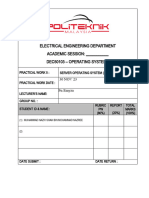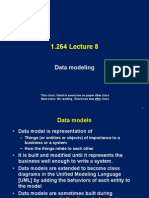0% found this document useful (0 votes)
31 views7 pagesUI UX Design Answers
The document outlines key aspects of UI/UX design, including the creation of wireframes, the importance of user research, and the role of prototypes in the design process. It discusses the advantages and disadvantages of various design methods and tools, emphasizing the impact of UI/UX on business goals such as user retention and conversion rates. Additionally, it highlights the principles of responsive design to ensure accessibility across devices.
Uploaded by
itachiuchiha2233456Copyright
© © All Rights Reserved
We take content rights seriously. If you suspect this is your content, claim it here.
Available Formats
Download as PDF, TXT or read online on Scribd
0% found this document useful (0 votes)
31 views7 pagesUI UX Design Answers
The document outlines key aspects of UI/UX design, including the creation of wireframes, the importance of user research, and the role of prototypes in the design process. It discusses the advantages and disadvantages of various design methods and tools, emphasizing the impact of UI/UX on business goals such as user retention and conversion rates. Additionally, it highlights the principles of responsive design to ensure accessibility across devices.
Uploaded by
itachiuchiha2233456Copyright
© © All Rights Reserved
We take content rights seriously. If you suspect this is your content, claim it here.
Available Formats
Download as PDF, TXT or read online on Scribd
/ 7












